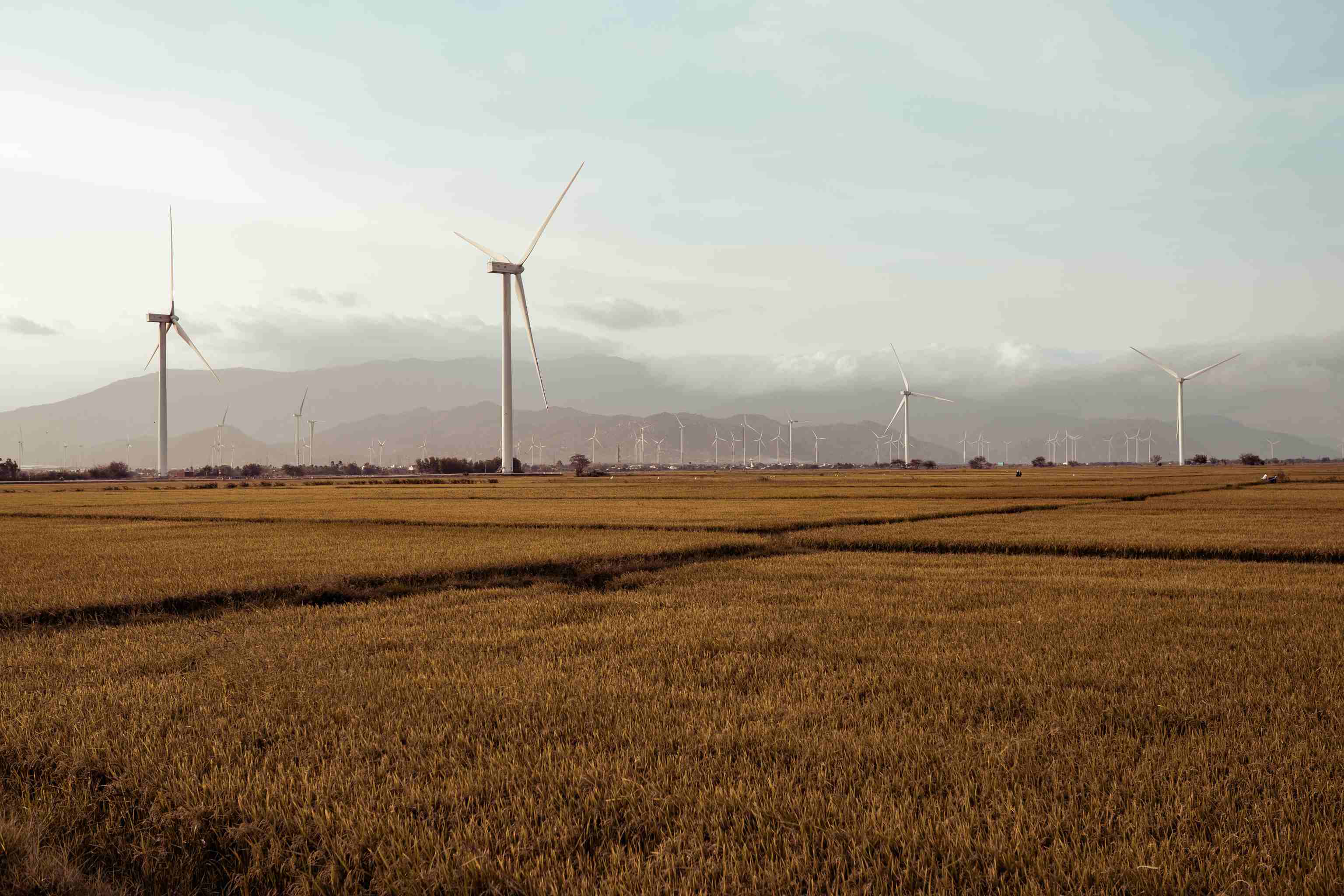Nowadays, wind energy has emerged as a pivotal player in the quest for sustainable power sources. Harnessing the kinetic energy of the wind not only reduces our reliance on fossil fuels but also contributes to a greener and cleaner planet. However, the intermittent nature of wind poses a challenge - how to ensure a steady and reliable energy supply? The answer lies in energy storage systems, with lithium-ion batteries at the forefront of this revolution.
Understanding Lithium-ion Batteries
Lithium-ion batteries, often abbreviated as Li-ion batteries, are complex powerhouses with intricate internal structures. At their core, they comprise cathodes, anodes, separators, and electrolytes. These components work in harmony to facilitate the flow of lithium ions during charging and discharging cycles.
The magic of a Li-ion battery unfolds during the charging and discharging processes. Electrochemical reactions within the battery cause lithium ions to move from the anode to the cathode during charging, storing energy. When it's time to release power, these ions travel back to the anode. The separator technology ensures they move in a controlled and safe manner.
Lithium-ion batteries boast several advantages that make them the preferred choice for energy storage. Their high energy density means they can store a substantial amount of energy in a compact form. Additionally, they exhibit a low self-discharge rate, preserving energy over extended periods. Moreover, Li-ion batteries offer a remarkable cycle life, making them a reliable and long-lasting solution.
Energy Storage In Wind Farms
Wind turbines, while potent generators of renewable energy, are subject to variability in wind patterns. This leads to fluctuations in power output, presenting challenges for grid integration and overall stability.
Energy storage systems play a crucial role in addressing these challenges. By smoothing out power output, they ensure a consistent energy supply, contributing to grid stability. Lithium-ion batteries, with their scalability and modularity, are exceptionally well-suited to this task.
The compatibility of lithium-ion batteries with wind energy applications cannot be overstated. Their ability to store and release energy rapidly aligns perfectly with the intermittent nature of wind power, making them an ideal partner in renewable energy generation.

Benefits of Lithium-ion Batteries in Wind Applications
Improved Reliability
Lithium-ion batteries enhance the reliability of wind farms by providing backup power during lulls in wind activity. This ensures a continuous supply of electricity, mitigating downtime and improving overall energy security.
Enhanced Energy Efficiency
These batteries excel in capturing excess energy generated during high wind periods, preventing wastage. Furthermore, by reducing transmission losses and making energy distribution more efficient, Li-ion batteries contribute to energy conservation and a greener planet.
Environmental Impact
Choosing lithium-ion batteries also carries positive environmental implications. Their lower carbon footprint, compared to fossil fuels, aligns with the global commitment to reducing greenhouse gas emissions. As an essential component of sustainable energy storage, Li-ion batteries promote a cleaner and more sustainable future.
Challenges and Future Developments
Battery Degradation
In general, lithium-ion batteries are the gradual degradation of their capacity over time. Aloky battery professionals have actively worked on strategies to manage capacity fade, and now Aokly Li-ion batteries extend the longer lifespan and perform well compared to other batteries, ensuring long-term reliability.
Cost Considerations
While Li-ion batteries offer numerous benefits, their initial cost remains a consideration. The industry is focused on reducing these costs to enhance the economic viability of large-scale energy storage solutions. And thanks to advanced technology, Aokly lithium-ion battery comes at affordable prices without compromising on quality.
Emerging Technologies
The future holds promise with emerging technologies like solid-state batteries and other beyond lithium-ion solutions. These innovations may offer improved performance, safety, and sustainability in wind energy applications, opening up new horizons for renewable energy storage.
Conclusion
The integration of energy storage systems, especially lithium-ion batteries, is a game-changer in wind energy applications. They bridge the gap between variable wind patterns and reliable power supply, contributing to a greener and more sustainable energy landscape.
As we address the challenges and embrace emerging technologies, the synergy between wind energy and lithium-ion batteries holds the key to a cleaner and more resilient energy future. Please feel free to contact [email protected] for professional and reliable wind energy storage solutions!

 EN
EN 



